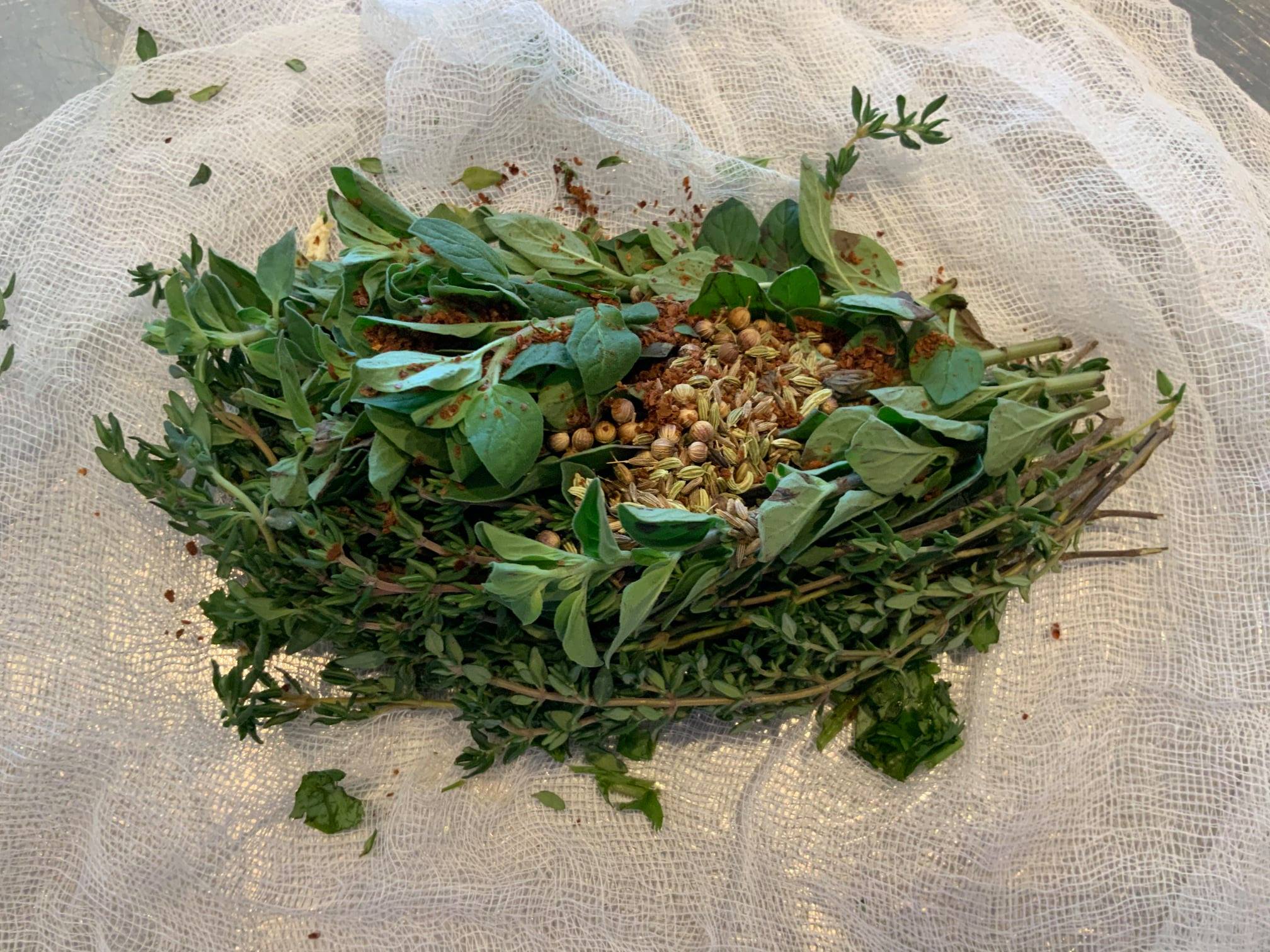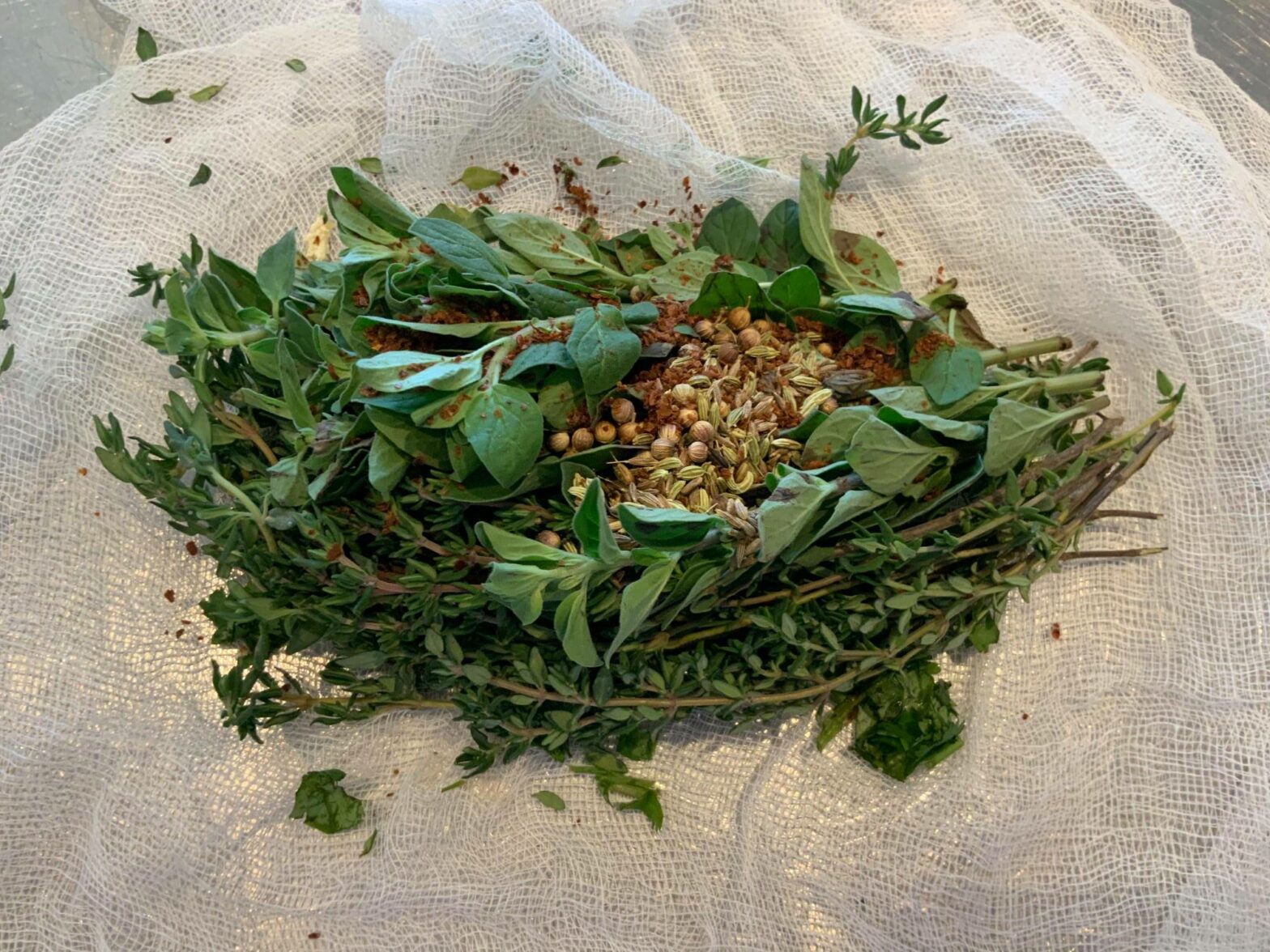Because of the general shitness of internet recipe blogs, all food entries will begin with a link like this:
So, about food. Among other things, my drugs have profoundly affected my diet. When we can start eating out again, I am going to be even less fun than before. I can’t do much of anything fried, and I am pretty much functionally vegan now. I’m not actually vegan because some animal products I can still eat, but many, like cow cheese, don’t agree with me at all while on the drugs. In future instalments, I’ll post some of the old recipes for those who want to try them.
The lack of all things cheese, combined with lockdown, has led to extensive experimentation in the Rentschler-Sterne kitchen. And, like many people, we find we are working longer hours during the academic term, so it has led to Very Large Recipes that are scalable, reheat well, and can be combined with other things.
This brings us to pot beans.
Pot beans are beans cooked in a pot for a long time. After that, there are infinite variations. The keys to good pot beans are: good beans, flavouring the broth with something good (some beans just make better broth), and giving them lots of time to cook. They are invariably better the second day and they taste good for at least a week (we’ve never needed more than a week to eat them). They freeze well, they combine well with other things, they can be a meal in themselves, the centrepiece of a meal, or a side dish, as you like.
Let’s break this down into its components:
- Beans. Perhaps you are thinking to yourself, “this is a stupid dish to make, I will have horrible, face-melting gas if I eat this many beans.” It’s possible you will. But most people use crap beans, which makes everything worse. Most of the dry beans you get at the corner shop or supermarket are very old and have been sitting for a long time. You are better off buying from a place where there is high-dry-bean-turnover, like a co-op, natural food store, etc. Buying organic is also a good bet. Now here’s an embarrassing confession: we order beans from Rancho Gordo. I am not proud of this fact. They are stupid expensive for beans. There are probably good local sources to track down. But what you get when you order from them is a) an assurance that the bean hasn’t been sitting on a shelf for two years and b) advice — they actually note which of their beans make good pot beans. Their beans cook faster, do not need to be soaked overnight, and do not produce much gas in my digestive system, which in many other ways has anger management issues. YMMV on the gas though.
- Flavouring. You want a combination of aromatics, herbs and spices, and herbs. For aromatics, I use onion, celery, carrot, garlic, pretty consistently. I cut them small enough that they are in the spoon with beans and liquid when you are eating it. For herbs, I use whatever is available and seems like it would go together. I’ve learned a few things: I’ve tried sautéing the vegetables to “bring out the flavour” before putting them in the pot. This does not seem to matter at all in any way I can detect. For the herbs and spices (and garlic), I like to make a bouquet garni, where you wrap a bunch of herbs in cheesecloth and tie it up with kitchen twine. Like this:
 This has the advantage of relieving me of the work of taking them off their stalks, and also means I can use parts of the plant I might not otherwise, like the stems of parsley or coriander. I explain how to make a bouquet garni in the recipe. I also like to make them somewhat salty, but leave the salt for the very end, and as my mom says, remember that you can’t take it out.
This has the advantage of relieving me of the work of taking them off their stalks, and also means I can use parts of the plant I might not otherwise, like the stems of parsley or coriander. I explain how to make a bouquet garni in the recipe. I also like to make them somewhat salty, but leave the salt for the very end, and as my mom says, remember that you can’t take it out. - Quantities and consistency. Our pot beans are basically bean soup, so I go with 6 cups of water for 1 cup of beans. You can use less water but you may need to add more during cooking. We have a ginormous pot and do not want to make dinner most weeknights (Carrie’s teaching two new preps this term so it’s mostly my job anyway), so we generally start with 3 cups beans, 18 cups water (THAAAAAT’S RIGHT IT’S A BIG POT!), 3 celery stalks, several carrots, a large onion, 4 cloves of garlic.
- I boil the water in my tea kettle 6 cups at a time. I wash the beans and make sure there’s no dirt, then put them in the pot. I chop the vegetables and dump them in, make the bouquet garni and put it in, and add the water as it gets hot. Then I turn the stove on high heat, get the whole thing boiling, then drop it to low for a simmer and come back in several hours. I have taken to assembling the beans while lunch (usually some other leftover) reheats, which means it takes almost no time. We run the exhaust fan but the whole apartment smells amazing. Hours later, when the beans are good and soft, add salt. The amount varies — we do 1/2 tablespoon at a time. I like them salty but I am also constantly dehydrated. In cold weather, we just leave the beans in their pot and store them out on the porch (this may not work for you and may lead you to not want to make something with 18 cups of liquid in it).
We have served them with roasted vegetables, or with fresh-baked no-knead bread, or as a side for veggie sausages, or with a salad.
Confession: you can skip the bouquet garni. They are still delicious. But then add the garlic to the pot.
Probably up next: adventures in sambar.

